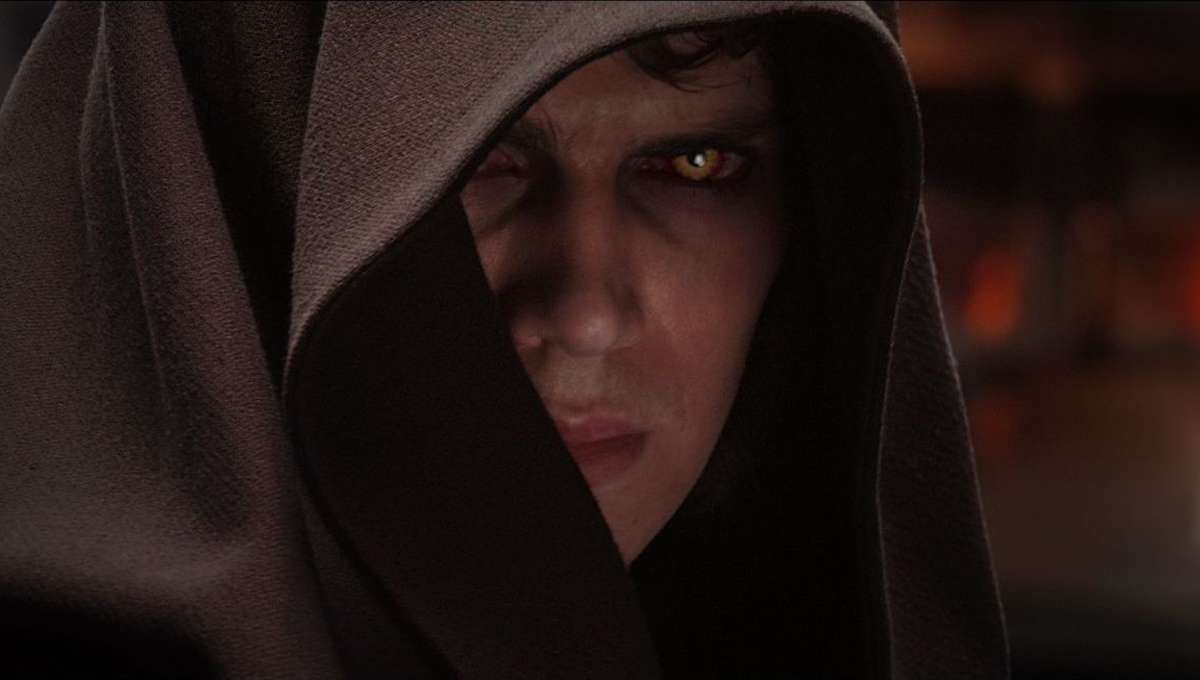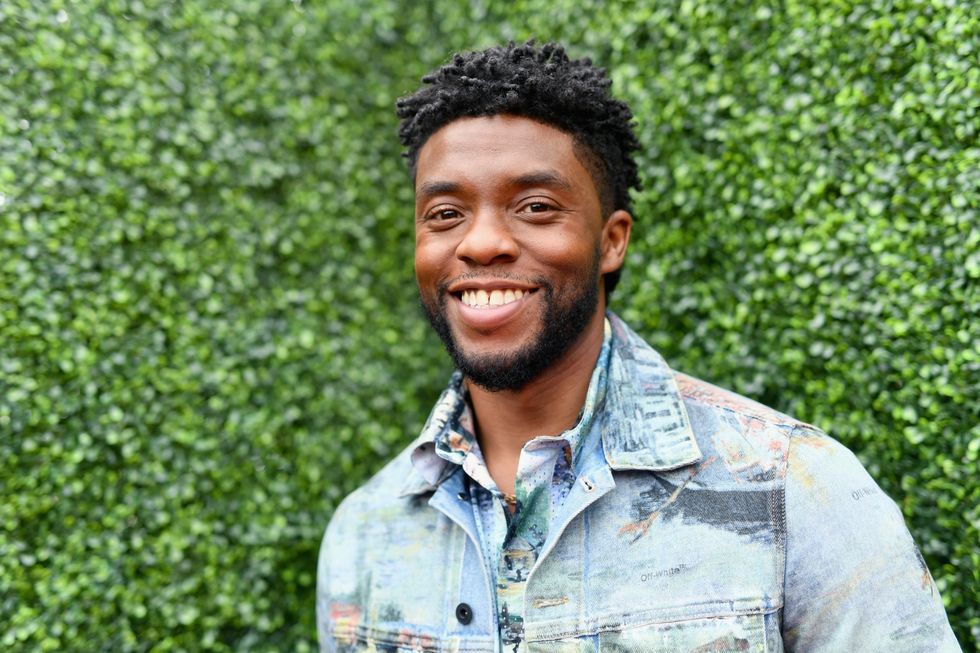Within the beginning of 2005’s Revenge of the Sith, Yoda (Frank Oz) and Anakin Skywalker (Hayden Christensen) meet to talk about his reoccurring premonitions. Some of the words are a callback to Yoda’s warning of how fear can fester into darker emotions. A young Anakin stood before him in 1999’s The Phantom Menace speaking about missing his mother. In this scene, it’s not only Yoda’s words that have power, but also the framing of the lighting. Yoda’s face is not obscured by the darkness, but Anakin’s is. You see Anakin’s one eye in clear view – hinting at the creeping sense of desperation and restlessness within him.
How far would you betray what you know to be right to save someone you love? What moral obligations would you discard to ensure a possible future didn’t exist? Yoda urges Anakin to train himself to let go of everything he fears to lose. Attachment is one of the principal enemies of the Jedi way. A Jedi’s mind is purely supposed to reside in the present. While they acknowledge grief in loss, they celebrate that death is not the end of the journey. They are also mindful of their thoughts and discern them accordingly.
Everything about Anakin Skywalker was unorthodox from the beginning. Thought to be created by midi-chlorians, birthed only to his mother, Shmi. At first, he was deemed too old to start Jedi training, but was ultimately let in by twisting of the rules. He loses a father figure in Qui-Gon Jinn in Phantom Menance and his mother in 2002’s Attack of the Clones. He falls in love with Padme and marries her secretly. His abilities fill him with a certain arrogance and thus, get exploited by Senator Palpatine (Ian McDiarmid) in Revenge of the Sith. They say that an idle mind is the devil’s playground, but it was Anakin’s overactive despair that led him to the dark side. The irony lies in that Palpatine only provides the idea of learning how to save someone to death. It’s not a certainty, but it’s the seed that possibility that grows into Anakin’s obsession.
Late in the movie, it becomes less about the motivation of love and more about obtaining power. When Padme (Natalie Portman) and Anakin meet on Mustafar, he states that love won’t save her and that only his new powers can. He doesn’t stop there – he also says that he can overthrow the Chancellor. The thing about obtaining power is that it’s an endless road within the wrong vessel. Where does the quest for more stop? Anakin even starts to profess his undying loyalty to the republic and less to ideals that he was familiar with. All because they collided with his immediate emotional state and someone provided him an easy out against accepting inevitability.
However, in the end – it was the ultimate union of fate and love that saved everything. The end of the Revenge of the Sith showing the duality of life and death. As Darth Vader is confined to his trademark black metal suit, Padme is down to her last few breaths. Luke and Leia were born. Her last words were, “there’s still good in him.” We know this is true because the prophecy gets fulfilled in 1983’s Return of the Jedi. Luke ultimately brings Anakin Skywalker back – and for a time, his actions bring about the balance.
The range of emotions that Anakin Skywalker experiences are all human. However, succumbing to them fully without proper discernment is dangerous. Where there’s light, there must also be dark. By the time Revenge of the Sith ends, Anakin Skywalker is unrecognizable. His body is full of burns and he loses limbs due to his one last act of arrogance. He loses his brother, his wife, his children, and the slither of light within himself.
On Mustafar, Anakin overlooks the volatile movement of the lava and sheds a single tear. This gives some sort of indication that the road he has embarked upon has no foreseeable return to the humanity he once knew. His madness drove him to kill younglings. There was no going back. When Vader learns of Padme’s fate, he screams out in anguish. A cry of fleeting humanity. From there, you see Vader and Darth Sidious standing side-by-side onlooking the construction of the first Death Star. When seeing this scene again, the words of Yoda crept back into my head:
“Fear leads to anger. Anger leads to hate. Hate leads to suffering.”
As he folds his hands, you see a shell of a man tethered to all the elements and choices that he actively engaged in. Sadly, it was by the choices he made in trying to save Padme that led to the broken heart that killed her. In Star Wars, fate and the force work in conjunction with each other. No matter what you try to do, your path is set in stone for the greater good. The prophecy of the one who would bring balance to the force remained the same. Maybe our obsession with changing the things that haven’t occurred leads us to avoidable grief. Thus, the acclimation of Anakin Skywalker’s three-arch saga in Revenge of the Sith shows us that while the quest for absolute power might begin with a good intention – it never really ends that way.













